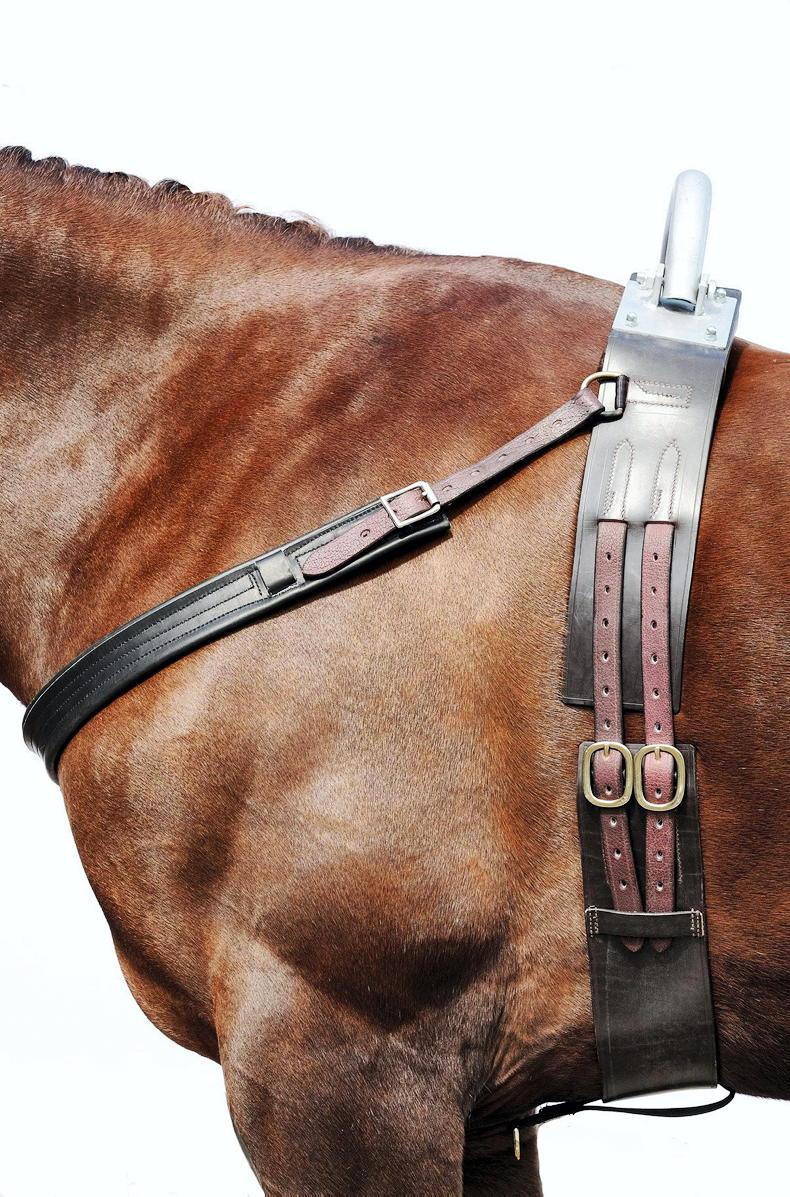A HORSE is said to be cast when it gets stuck on its back or side and, a bit like a turtle, can’t get its feet under it to stand up again. This can happen for a number of reasons:
Horses may lie down too close to a wall, in their stable for example, and are then unable to stretch out their legs to get up again.A horse may roll in its stable and get stuck with its legs up against a wall, or tangled in a hay net.If the horse’s rug shifts when they lie down they can get tangled in the belly or leg straps, and again will be unable to regain their feet.A horse can also get cast out in a field or paddock; horses can get cast when they lie down too close to fencing or other objects. Lying down in a hollow, or against a hill can prevent a horse from regaining its feet. Sometimes soft footing makes it hard for a horse to stand up after lying down.Horses can also fall in the horse box or lorry, and be unable to get up.Many horses, especially youngsters, scratch their ears with a hind toe, and can get tangled in their head collar.When a horse becomes cast, they are likely to become panicked and will struggle to free themselves, which could lead to the horse causing itself injury. A panicked and struggling horse is particularly unpredictable and could also injure a handler. If a horse is cast for a long time, blood can pool in the muscles on the underside of the horse and nerves can become damaged from the pressure of the horse’s own body weight. Blood can also pool in the lungs causing the horse to suffocate. This is why if the horse is not found for many hours when it becomes cast, it may die.
Help to prevent casting
Banking bedding against the stable walls is advisable as it may help prevent a horse from getting close enough to a wall to get trapped. If you use a deep bedding method, be sure that the surface is flat and even. Be sure that gaps under doors and feeders are either tight against the floor or high enough that a horse can’t get stuck beneath them. Stables with rails, rather than solid walls are not a good idea.
Many vets and equine experts do not recommend the use of hay nets or feeders as they often see horses getting their legs caught. Make sure that all rugs fit well, and that leg and belly straps are not hanging loosely.
Leather head collars are the safest type to use as they will break if your horse catches it on something, or if the horse puts a hoof through it while scratching. For horses who love to roll in their stables, an anti-cast roller might be helpful in preventing them getting stuck.
Step-by-step guide to helping a cast horseUpon discovering a cast horse, remain calm and try not to panic, this will only upset the horse further. Some horses will calm down when they sense help is on the way.Call for help, as some horses may continue to struggle and could potentially injure you. Assistance in this situation is always recommended. Remember a horse can appear to calm down, but then begin to struggle again.Do not approach the horse until you have assessed the situation and determined the safest strategy for getting the horse on its feet.Check the horse over quickly and try to identify any injuries it might have. A very messy stable could be an indication of a horse suffering from colic. A horse that seems confused or dazed may be suffering from a concussion or a neurological problem. If the horse appears to have any other problems beyond simply getting itself into a bad spot, call a veterinarian immediately.If you can safely do so, pull on the horse’s mane so that its front feet and head are further from the object it’s cast against. That may give it enough room to scramble to its feet. Don’t just pull on the horse’s head and neck, as this could injure the horse. Stay out of reach of the horse’s hooves.If you can’t safely free the horse’s front end by hand, you may need ropes or lunge lines. Never put yourself between the horse and whatever it’s cast against. Reach over the horse, or over the object. Loop the rope around the horse’s lower legs, and pull the horse back over. Just be very sure to stay out of reach of flailing hooves, or a head and neck.NOTE: If your horse has fallen, or has laid down and is unable or unwilling to get up, but is not cast, call your veterinarian immediately.




 This is a subscriber-only article
This is a subscriber-only article
 It looks like you're browsing in private mode
It looks like you're browsing in private mode





SHARING OPTIONS: